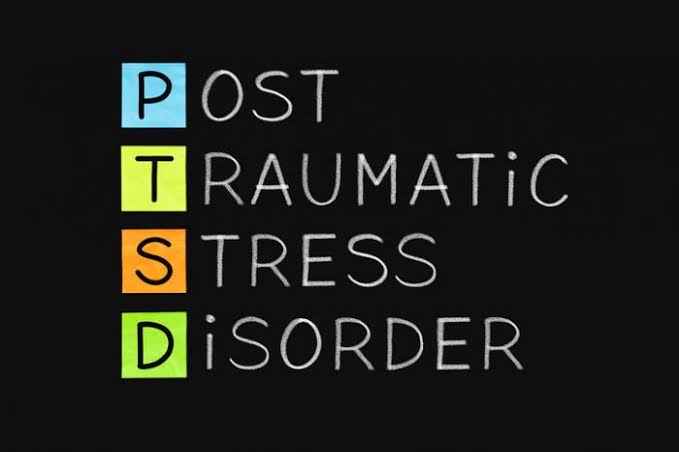New research suggests young and middle-aged adults with Post Traumatic Stress Disorder have a higher stroke. The researchers reached the conclusion by analyzing the medical data of more than a million veterans who served in Iraq and Afghanistan. The veterans ranged from the age of 18 to 60, with two-third white men.
Of those veterans, 29% were diagnosed with PTSD. None of the veterans had earlier suffered from any stroke or mini-stroke (also known as a transient ischemic attack, or “TIA”). During a follow-up period of 13 years, 766 veterans had a TIA while 1,877 had an ischemic stroke, which is a result of blocked blood flow to the brain.

Veterans who had gone through PTSD were 62% more likely to have a stroke. That is, PTSD raises the risk more than the known risk factors, like, obesity and smoking. Such veterans were also twice as likely to have a TIA. Here too, the risk is more than that caused by diabetes and sleep apnoea.

Not only this, Even after taking into consideration known stroke risk factors, like, mental health disorders (such as depression and anxiety) and drug and alcohol abuse, the researchers found that veterans with PTSD still had 61% more chances to have a TIA and 36% more opportunities to have a stroke than veterans without PTSD.
“Stroke has a traumatic impact on young patients and their families and many struggles to cope with long-term disability, depression, and economic loss during their most productive years. 10 to 14% of ischemic strokes occur in adults of age between 18 to 45, and we don’t really have a good understanding of the risk factors for stroke in this age group,” explained Lindsey Rosman, assistant professor in the cardiology division at the University of North Carolina School of Medicine in Chapel Hill.

